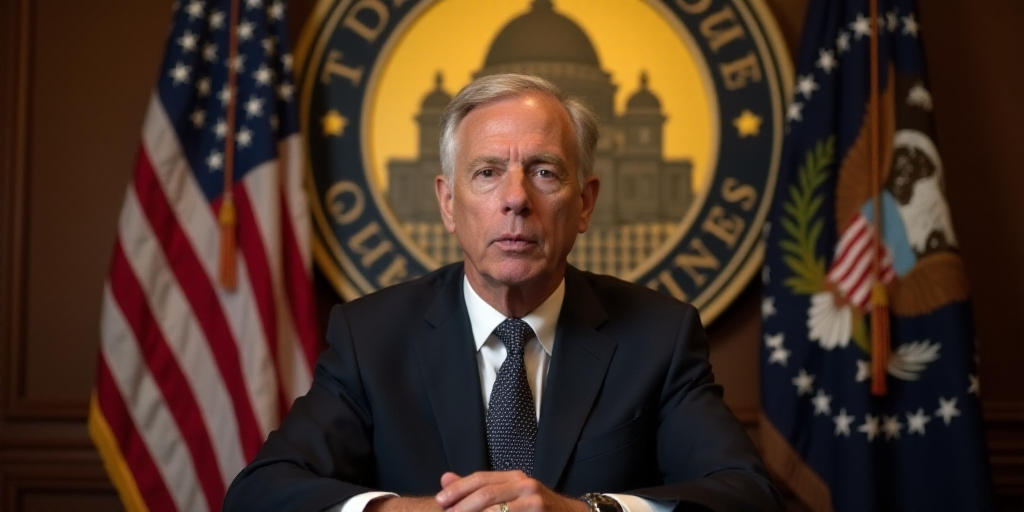Background on Donald Trump and His Influence
Donald J. Trump, the 45th President of the United States, served from January 2017 to January 2021. Known for his business background and reality TV fame, Trump entered politics with a populist message. His presidency was marked by significant policy changes, including tax cuts and attempts to repeal the Affordable Care Act (Obamacare). As he advocates for his new budget plan, understanding his past actions and their impacts is crucial.
Overview of Trump’s Budget Proposal
Trump’s proposed budget plan aims to fulfill key campaign promises, such as tax cuts and reductions in federal spending. However, it risks substantially increasing the U.S. fiscal deficit.
Key Areas of Focus in the Budget Proposal
- Tax Cuts Extension: The plan seeks to extend large tax cuts enacted during Trump’s first term, which are set to expire by the end of 2021.
- Federal Spending Cuts: Significant reductions are proposed, especially in the Medicaid program. This public health insurance initiative, established under President Barack Obama’s administration (2009-2017), supports over 70 million low-income Americans.
Impact on Medicaid and Potential Consequences
The proposed budget anticipates a reduction of over $700 billion in federal spending on this public program over the next decade. This could leave 7.6 million Americans without health insurance by 2034, according to a nonpartisan congressional committee analysis.
Fiscal Implications
The independent committee predicts that extending Trump’s tax cuts, along with other fiscal measures, would increase the federal deficit by more than $4.8 trillion over the next decade.
Internal Republican Divisions
Despite the Republican majority in Congress, deep divisions have stalled Trump’s ambitious plan. Moderate Republicans worry that substantial Medicaid cuts pose an excessive electoral risk before the midterm elections in November 2026. Meanwhile, conservative factions argue that the proposed cuts are insufficient to address the deficit.
Trump’s Confidence and Republican Response
After closed-door meetings with House Speaker Mike Johnson (R), Trump expressed optimism, stating, “We’re going to achieve a great victory.” Johnson echoed this sentiment, acknowledging the challenges of narrow congressional margins but expressing confidence in eventual success.
Key Questions and Answers
- What is the main goal of Trump’s budget proposal? The primary objective is to extend tax cuts and reduce federal spending, particularly in the Medicaid program.
- How much will federal spending on Medicaid be reduced? The proposal anticipates cutting over $700 billion from Medicaid spending over the next decade.
- What are the potential consequences of these cuts? The reductions could leave 7.6 million Americans without health insurance by 2034.
- How are Republicans responding to Trump’s proposal? Internal divisions exist, with moderate Republicans concerned about electoral risks and conservatives arguing that the cuts are insufficient.






